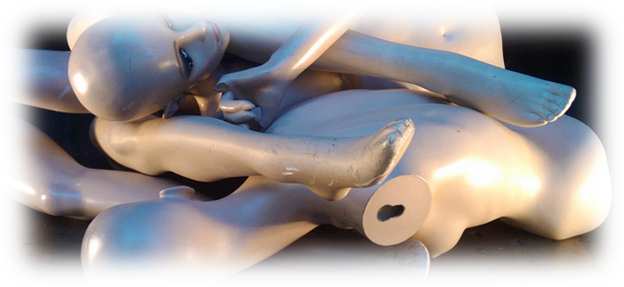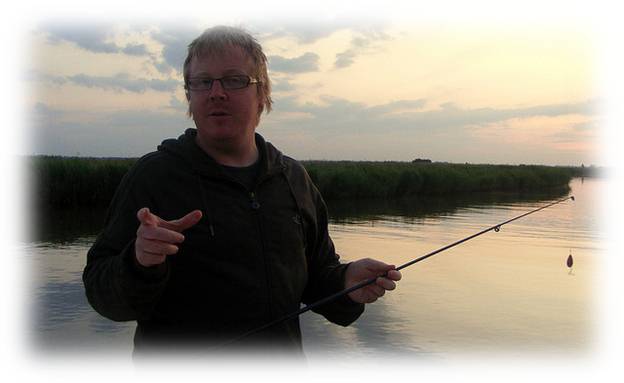Tools of the Tale – getting to grips with how to speak with our body

Body language is generally mostly an unconscious process, but with some simple understanding you can quickly create huge changes in your story telling by consciously bringing in some key gestures.
The discipline of controlling our gestures can be quite challenging. Most of our movements are reflexive in nature, automatically matching up to what our minds are thinking at any given moment.
“We speak with our vocal organs, but we converse with our entire bodies; conversation consists of much more than a simple interchange of spoken words.”
Elements of General Phonetics. David Abercrombie
There are three different ways that we use body language to communicate with others
- As a direct replacement for words.
- As a reinforcement of our words – we gesture to emphasize speech.
- As a mirror of our inner emotions and attitudes – people read our faces, body angles, distance etc.
In the art of storytelling, you can use all three of these ways to communicate effectively with your audience, be they your dearest offspring or a class of sullen teenagers.
By now, you are aware that you are always communicating with your children through body language.
Think about what you’re communicating to a child when you give them a big smile, crouch to their level and open your arms wide.
- You are pleased to see them.
- You are going to give them some of your time.
- You are offering a place of safety, warmth and comfort in your embrace.
- You are going to give them a dose of love and affection.
- You are telling them that they are good, appreciated and a joy to know.
- You consider them an equal.
I’m sure you can think of more, and you’ve not even said a word!
There are lots of subtleties to the language of the body.
If for example, you’d bent at the waist instead of crouching, you’d be telling them that you don’t consider them an equal, you’re not going to give them much time and the incoming hug will be brief and a little distant.
You’ve probably seen such hugs in action.
Thinking about it, what do you read from that sort of hug?
You don’t need to verbalise the invitation for your child to understand.
By focusing on your voice and facial expression, you’ll probably find that you naturally start to gesticulate and use your body more, so why not put even more focus on dramatizing the story?
By adding in this element you quite literally bring movement into the story.
Your story moves into a new realm of expression, similar to acting where everything you are communicating to your audience is congruent and their young minds can absorb the story and let any lessons sink in.
Think what an open and fluid kind or person they’ll think you are and what an amazing role model you’ll be for them.
“What you do speaks so loud that I cannot hear what you say.”
Ralph Waldo Emerson
Storytelling homework
- Observe. Now that we’ve introduced body language in storytelling, the first piece of homework is to keep an eye open in your everyday encounters with people (adults and children alike) and notice what kinds of body language gestures accompany different situations. Pay particular attention to the body language of people sharing stories of events or things they’ve done.
- Think. Consider the gestures you use with your kids. What do you notice about them? What do you think your kids will get from your gesture?
Head back to the start of this chapter on using body language in storytelling and keep an eye on your inbox for the next section on how to use your head as a prop in your stories.





